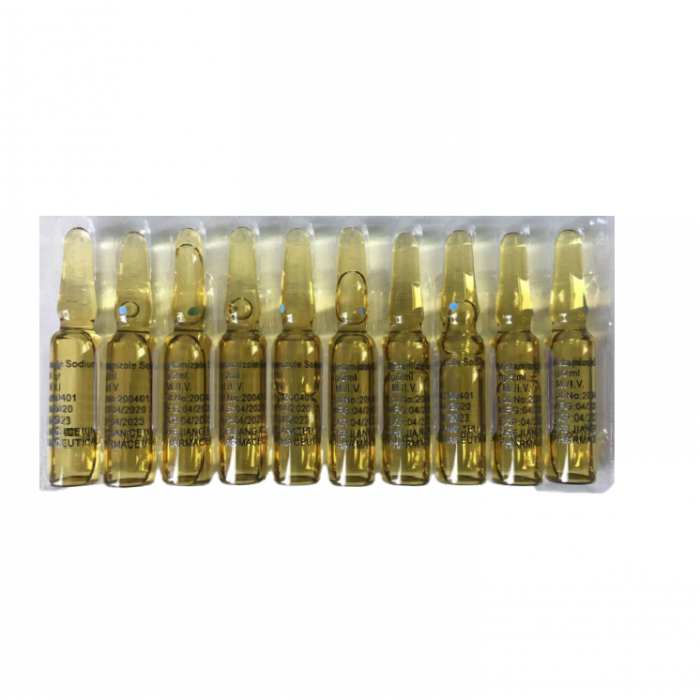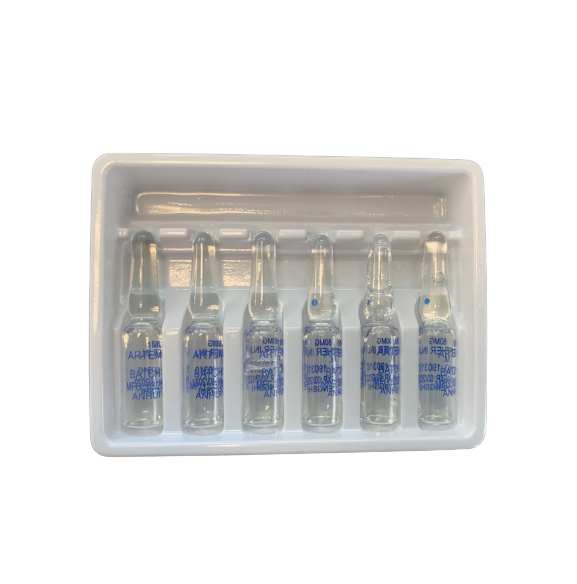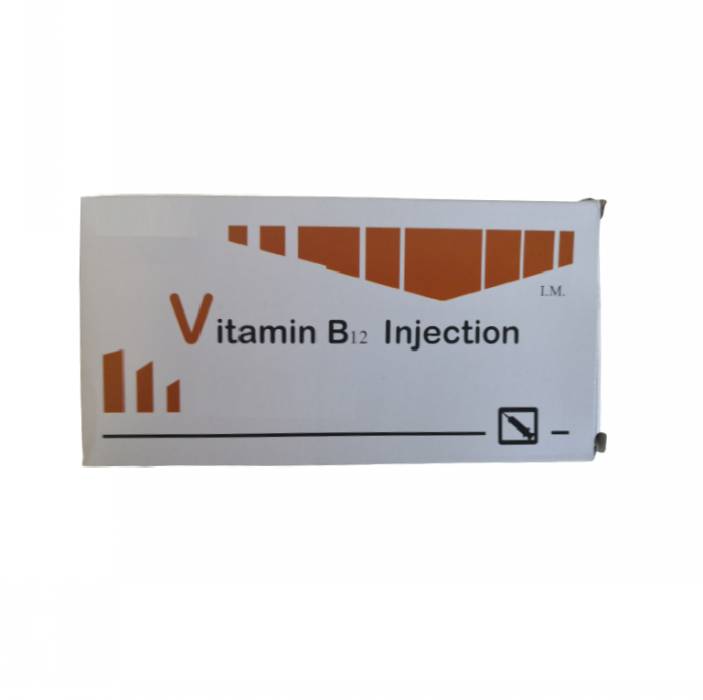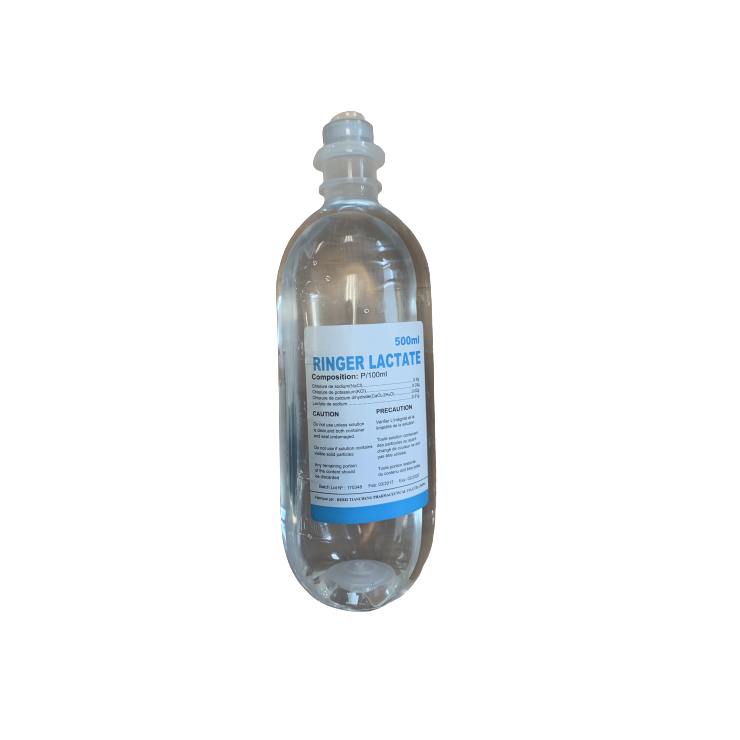Contrast media, also known as medical contrast mediums or contrast agents, are chemical compounds used to increase the contrast of structures or fluids within the body during the medical testing processes. Iodine-based contrast media are usually classified as ionic or non-ionic. What are ionic contrast media and non-ionic contrast media? What is the difference between them? Please find it below.
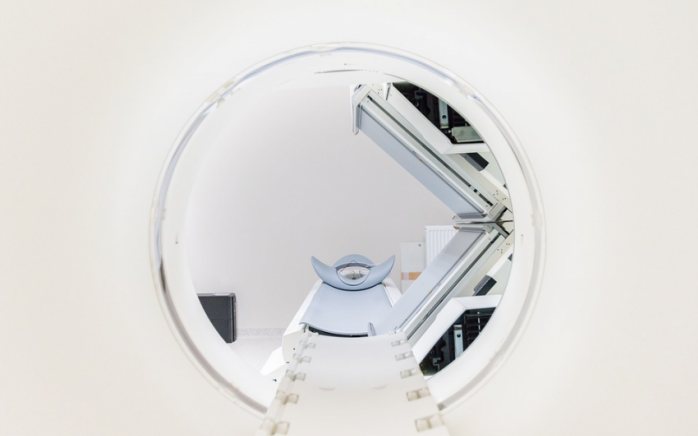
What is ionic contrast media?
Ionic Contrast Media is monomeric or dimeric derivatives of benzoic acid containing iodine that have a high atomic number and appear opaque on radiographs. Regular ionic contrast media: Diatrizoate meglumine and Compound diatrizoate meglumine, which are used during X-rays or CT scan.
What is non-ionic contrast media?
Nonionic contrast agents are a group of contrast media that do not dissociate into charged particles. Regular non-ionic contrast media inculdes Iodinol, ioverol, iohexol, iodixanol, iopamidol, iopromide, iotroram, gadopentetate dimeglumine, etc.
Difference between ionic contrast media vs non-ionic contrast media
Nonionic are with lower osmolality than ionic contrast media, these days, Nonionic contrast media are more widely used as they are considered to be safer than ionic.
The traditional contrast media , diatrizoate, is ionic, with osmotic pressure is 5-8 times as that of plasma. The hypertonic contrast agent is with higher adverse reactions rate than non-ionic contrast media. Non-ionic contrast media is with better viscosity due to its good water solubility. It disperses quickly in the blood and is not easy to aggregate, so it rarely causes capillary obstruction.
Contrast medias currently used are quite safe under normal circumstances. Studies have shown that serious adverse effect is very rare for both ionic or non-ionic contrast agents.However, some patients still have mild or moderate adverse reactions, and there may be rare serious adverse reactions. Generaly speaking, non-ionic contrast agents is safer than ionic contrast agents.
Reference
1.Brendan J. Barrett, M.B., Patrick S. Parfrey, M.D., etc, A Comparison of Nonionic, Low-Osmolality Radiocontrast Agents with Ionic, High-Osmolality Agents during Cardiac Catheterization, N Engl J Med 1992; 326:431-436DOI: 10.1056/NEJM199202133260702
2.Michele E Andreucci, Side Effects of Radiographic Contrast Media, Journal of Biomedicine and Biotechnology 2014(6):872574DOI: 10.1155/2014/872574SourcePubMed


